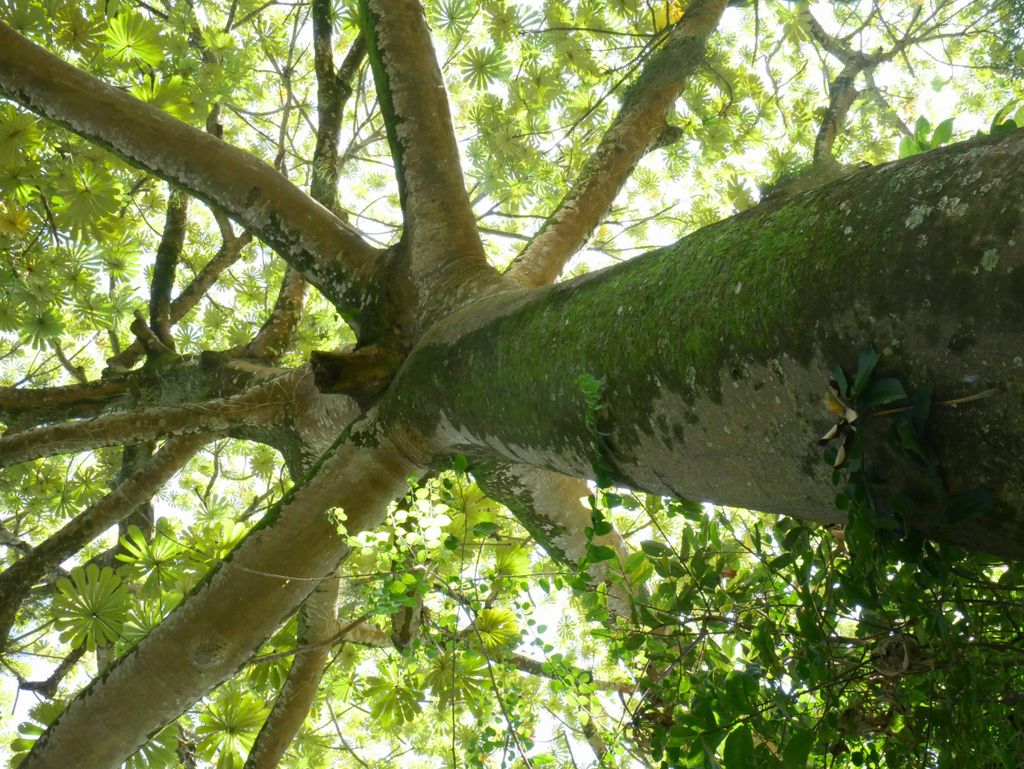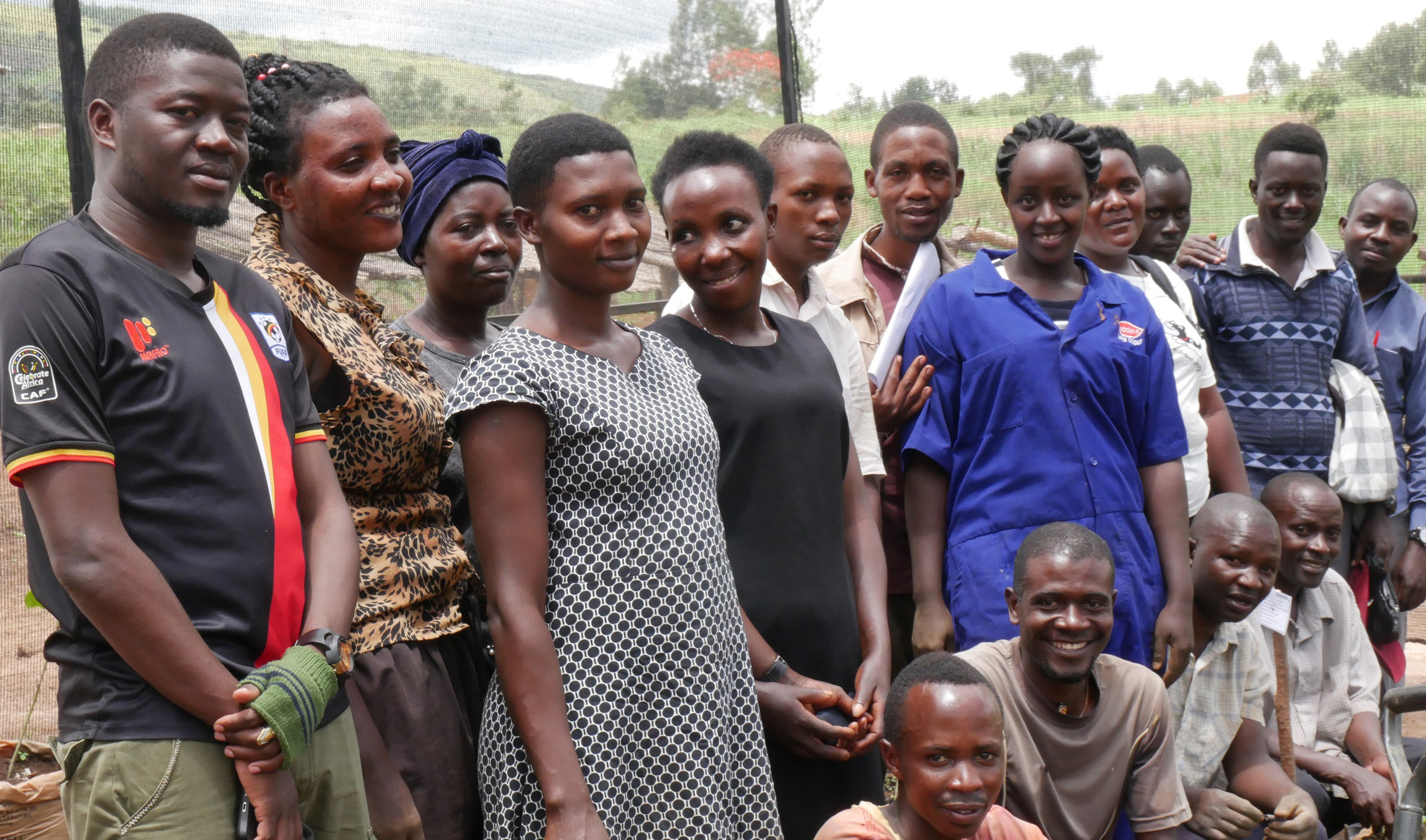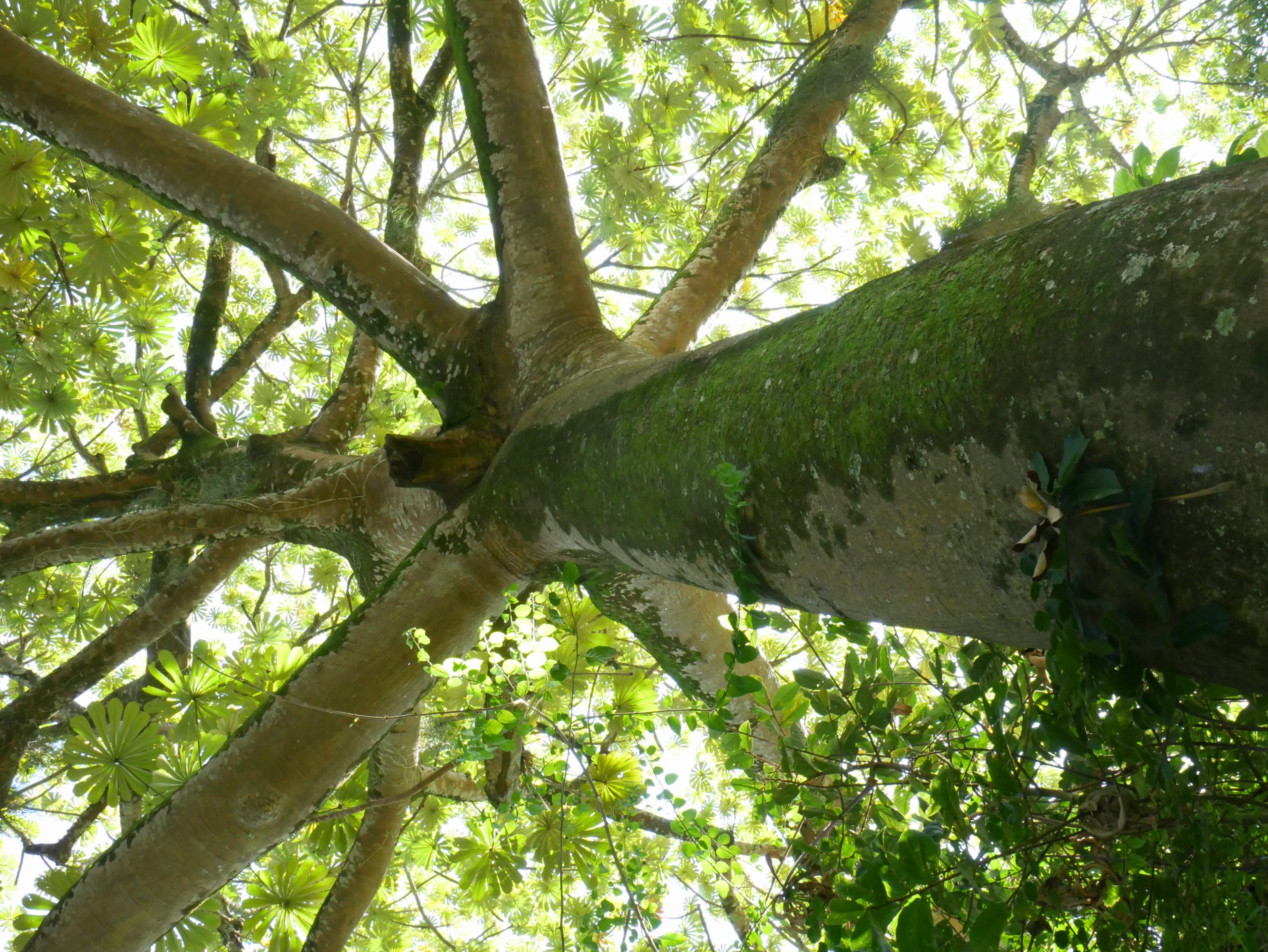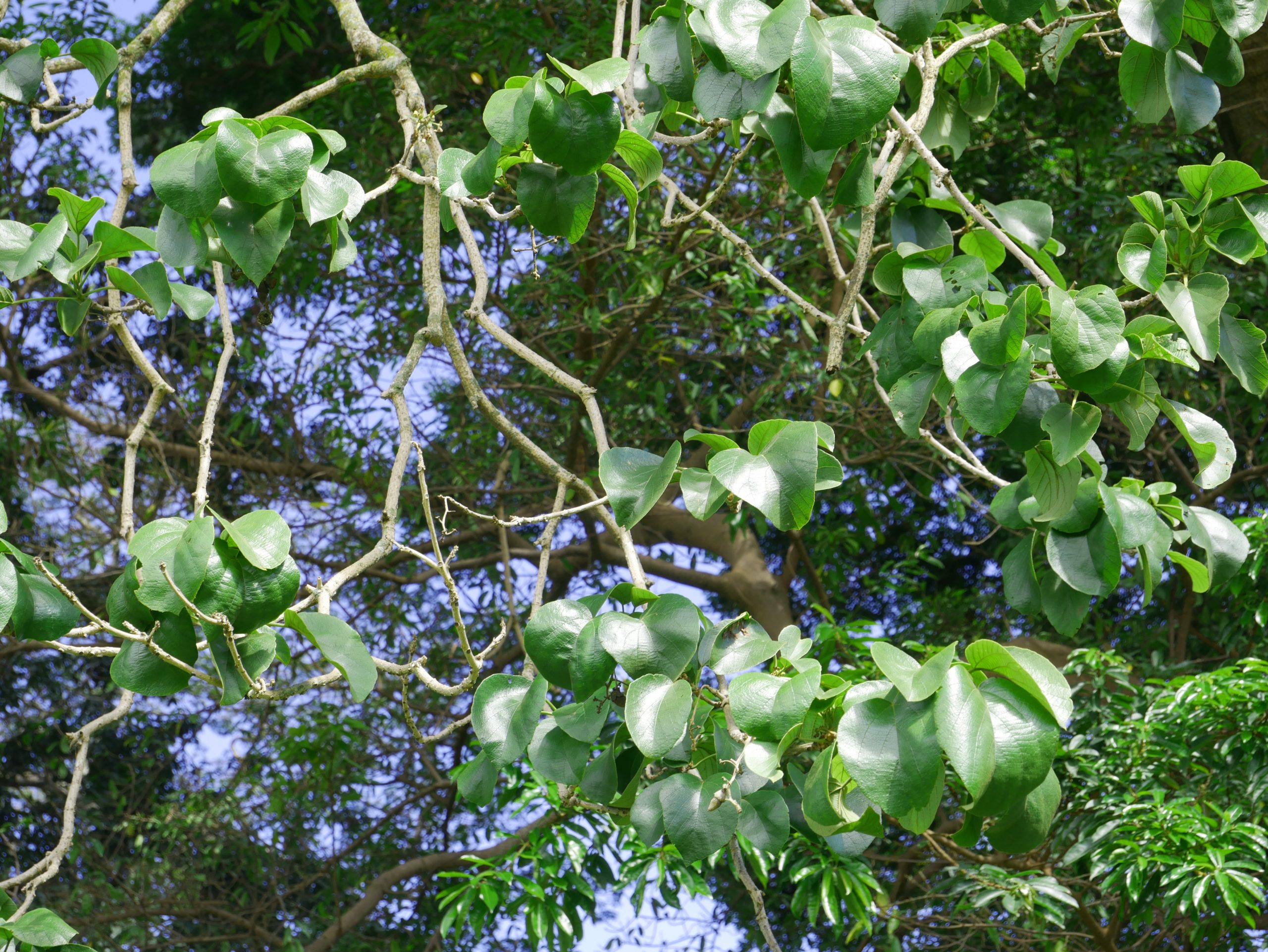Supply & Demand: Restoration in Uganda

-
Status of project
Completed -
Region
Africa -
Country
Uganda -
Programme
Global Trees Campaign -
Workstream
Saving Plants -
Topic
Tree Conservation
Project completed: 2021
Conservation problem
In Uganda, only 40% of the forest cover that existed in 1990 is left intact today. This has left 30 of Uganda’s 849 native tree species as globally threatened with extinction.
Project Goal
The project aims to help Uganda to use a larger mix of indigenous species, including some that are threatened, in forest restoration efforts to meet their Bonn Challenge pledge to bring 2.5 million ha of land under restoration.

Which species and why?
For the project 149 native species have been selected for restoration practices including many framework species that will help to increase other biodiversity and the speed of forest restoration. These include threatened species, like Prunus africana, Warburgia ugandensis, Afrocarpus usambarensis, Khaya anthotheca and Turraeanthus africana.

What are we doing?
This project aimed to improve the information on the propagation, management and uses of native tree species. We increased the availability of these species by supporting four newly established community nurseries in Mpigi, Ibanda, Mbale and Kagadi districts. This benefited biodiversity conservation and the livelihoods of local nursery workers and seed collectors who received training and a new income source from seedling sales beyond the project.
GTC is working with Tooro Botanical Gardens, who have years of experience raising native species and restoring forests since their establishment in 2001. Tooro Botanical Gardens passed this knowledge on to 60 community members to monitor target species in their local forests and to collect seeds for propagation. They also trained a further 40 community members to take the collected seeds and raise them in nurseries to be healthy seedlings that are ready to plant.
These collection networks and nurseries have collected and propagated over 320,000 seedlings of more than 100 native tree species. These seedlings are now being sold for local and national forest restoration programmes and for use in agroforestry systems on local people’s land.
Additionally, 8 small restoration plots close to each nursery were also planted in forest reserves and community land to act as demonstration sites to show how the species grow and what they can be used for. The species and restoration practices have also been promoted to local businesses, government organisations and communities to stimulate support for restoration and the use of native species instead of exotics.

Key achievements
The four nurseries raised over 320,000 seedlings of more than 100 species. This provided employment for the 100 local community members who were trained to monitor, propagate and look after these native species.
The restoration sites were planted near to the nurseries in Central Forest Reserves that are within high priority restoration areas highlighted by the IUCN. These have been planted with mixtures of ecological important local tree species, including some with known uses for communities. Four plots were also planted on community land to promote newly developed donor packages that businesses can choose to support.
The threatened trees that have been propagated in nurseries includes:
- Prunus africana
- Warburgia ugandensis
- Afrocarpus usambarensis
- Khaya anthotheca
- Turraeanthus africana
Contact details
For more information on this project, please contact globaltrees@bgci.org
This project is funded by the UK Department for International Development (DfID) Darwin Initiative.